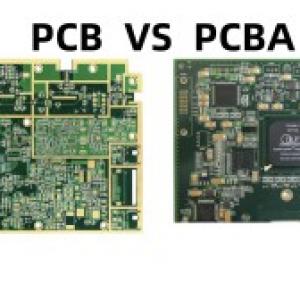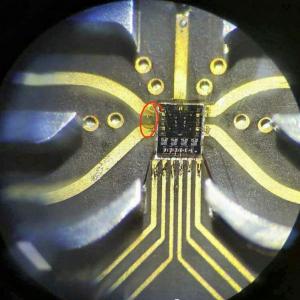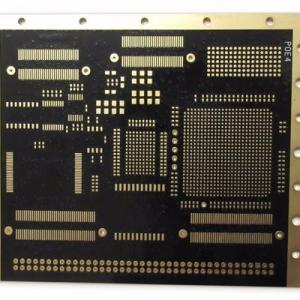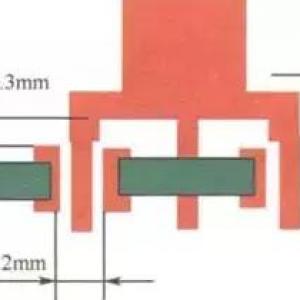What are the points of ceramic PCB circuit boards
1. Why ceramic circuit boards
Ordinary PCB is usually made of copper foil and substrate bonding, and most of the substrate material is glass fiber (FR-4), phenolic resin (FR-3) and other materials, the adhesive is usually phenolic, epoxy, etc.. In the PCB processing process due to thermal stress, chemical factors, improper production process, or in the design process due to the asymmetry of copper laying on both sides, it is easy to lead to different degrees of PCB board warpage.
PCB warpage
Another PCB substrate - ceramic substrate, due to thermal performance, current-carrying capacity, insulation, coefficient of thermal expansion, etc., are greatly superior to ordinary glass fiber PCB board, which is widely used in high-power power electronic modules, aerospace, military electronics and other products.
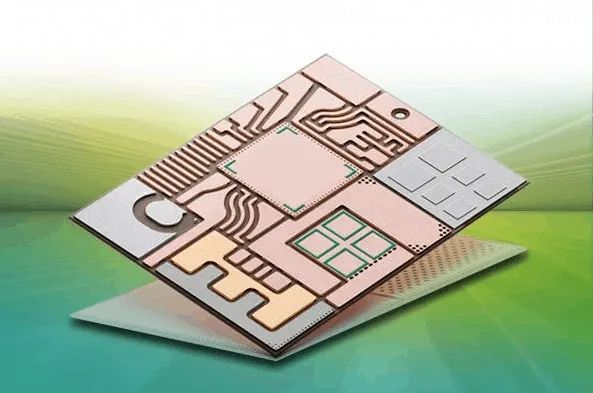
Ceramic Substrates
With ordinary PCBs using adhesives to bond copper foil and substrate together, ceramic PCBs are bonded together by bonding copper foil and ceramic substrate in a high temperature environment, with strong bonding force, copper foil will not fall off, high reliability, and stable performance in high temperature and high humidity environments.2. Main materials of ceramic substrate
Aluminum oxide (Al2O3)Alumina is the most commonly used substrate material in ceramic substrates, because in mechanical, thermal and electrical properties relative to most other oxide ceramics, high strength and chemical stability, and abundant sources of raw materials, suitable for a wide variety of technical manufacturing and different shapes. According to the different percentages of alumina (Al2O3) contained can be divided into: 75 porcelain, 96 porcelain, 99.5 porcelain. The electrical properties are almost unaffected by the different amounts of alumina content, but their mechanical properties and thermal conductivity vary greatly. Low purity of the substrate in the glass phase more, the surface roughness is large. The higher the purity of the substrate, the more polished and dense, the lower the dielectric loss, but also the higher the price.
Beryllium Oxide (BeO)
With higher thermal conductivity than metallic aluminum, it is used in applications where high thermal conductivity is required and rapidly decreases after the temperature exceeds 300°C. However, its toxicity limits its own development.
Aluminum Nitride (AlN)
Aluminum nitride ceramics are ceramics in which aluminum nitride powder is the main crystalline phase. Compared with alumina ceramic substrate, it has higher insulation resistance, insulation withstand voltage, and lower dielectric constant. Its thermal conductivity is 7 to 10 times higher than that of Al2O3, and the coefficient of thermal expansion (CTE) approximately matches that of silicon wafers, which is critical for high-power semiconductor chips. In the production process, AlN thermal conductivity is greatly influenced by the content of residual oxygen impurities, and reducing the oxygen content can significantly improve the thermal conductivity. The current process production level of thermal conductivity of 170W/(m-K) or more is no longer a problem.
Combined with the above reasons, it can be known that alumina ceramics are still in a dominant position in the field of microelectronics, power electronics, hybrid microelectronics, power modules, etc. due to their relatively superior overall performance.
Compared with the same size on the market (100mm × 100mm × 1mm), the price of ceramic substrates of different materials: 96% alumina 9.5 yuan, 99% alumina 18 yuan, aluminum nitride 150 yuan, beryllium oxide 650 yuan, it can be seen that the price gap between different substrates is also relatively large.
3. The advantages and disadvantages of ceramic PCB
Advantageshigh current-carrying capacity, 100A continuous current through 1mm0.3mm thick copper body, temperature rise of about 17 ℃; 100A continuous current through 2mm0.3mm thick copper body, temperature rise of only about 5 ℃.
Better heat dissipation performance, low thermal expansion coefficient, stable shape, not easy to deformation warpage.
Good insulation, high voltage resistance, to protect personal safety and equipment.
Strong bonding force, using bonding technology, copper foil will not fall off.
High reliability, stable performance in high temperature and high humidity environment
Disadvantages
Fragile, which is one of the main disadvantages, which leads to the production of only a small area of the circuit board.
Expensive, the requirements of electronic products rule more and more, ceramic circuit boards are still used in some of the more high-end products above, low-end products simply will not be used to.
4. Ceramic PCB uses
High-power power electronic modules, solar panel components, etc.High frequency switching power supplies, solid state relays
Automotive electronics, aerospace, military electronics
High-power LED lighting products
Communication antenna, car ignition
5. Ceramic substrate display
From the overall performance point of view, ceramic substrate PCB is much better than ordinary FR-4 plate, but from the cost point of view, it is also very expensive! So, choose according to need! Come to see a few ceramic circuit boards, it's not easy to find pictures of such boards ...
Ceramic circuit board
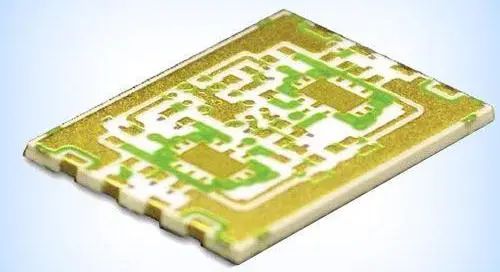
Ceramic circuit board

LED beads ceramic substrate package
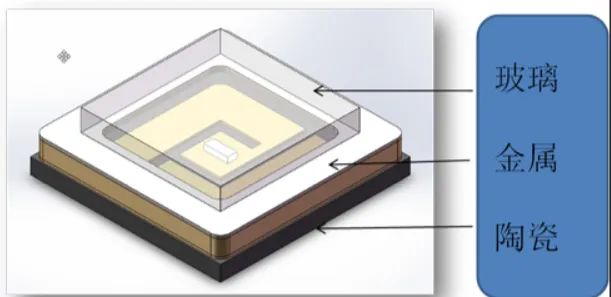
Ceramic encapsulated 555 chip with higher precision
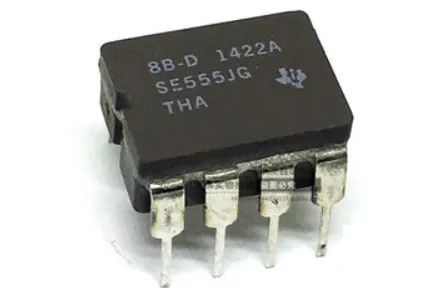
Ceramic encapsulated 555 chip
